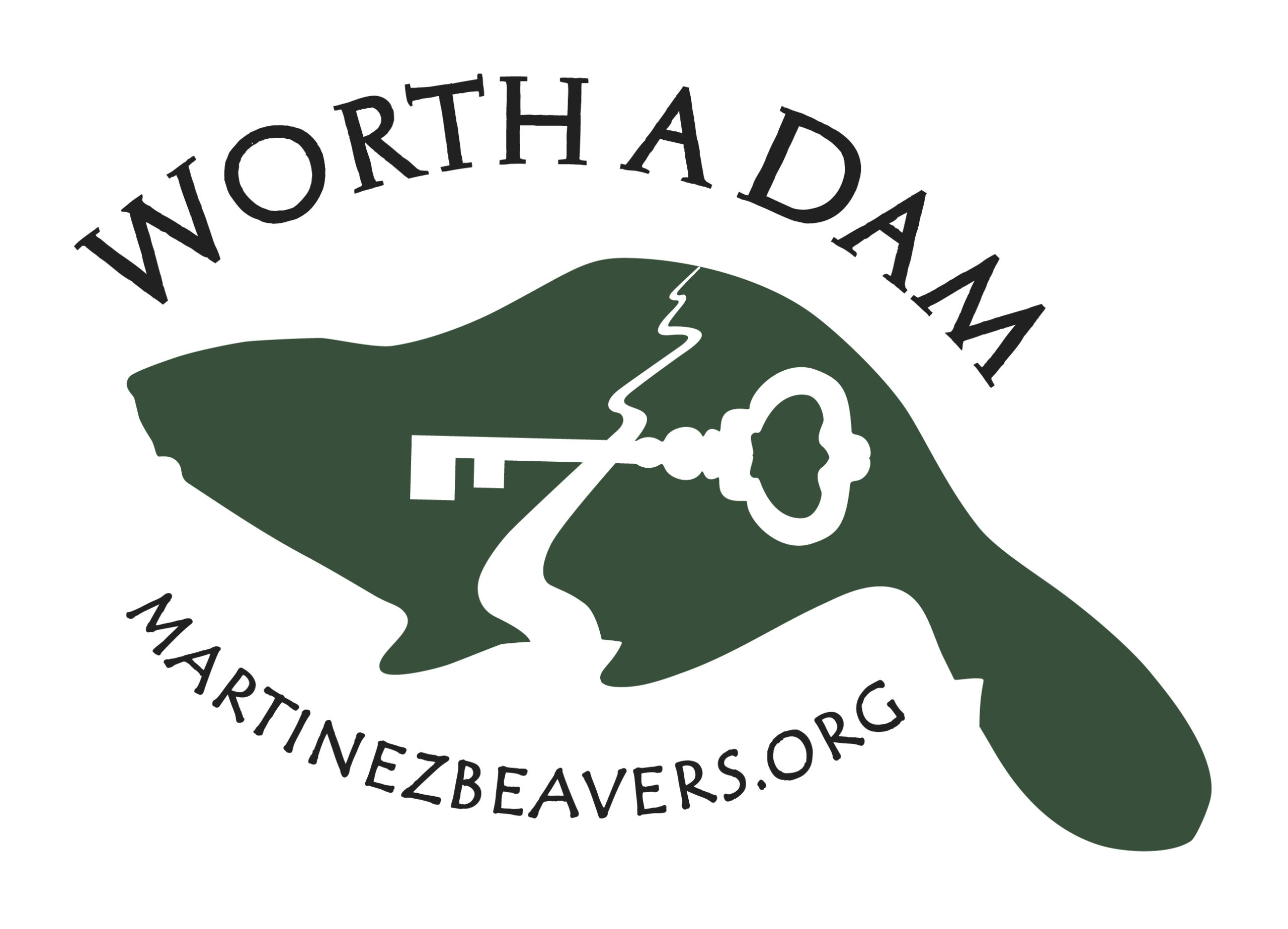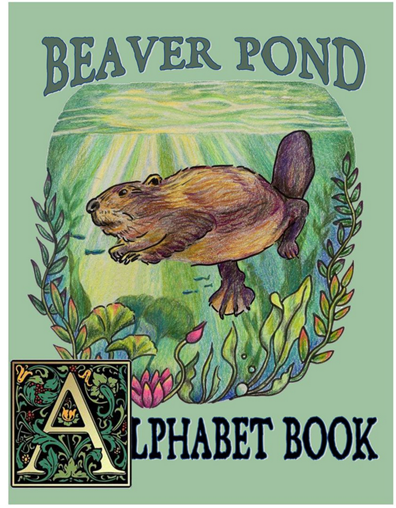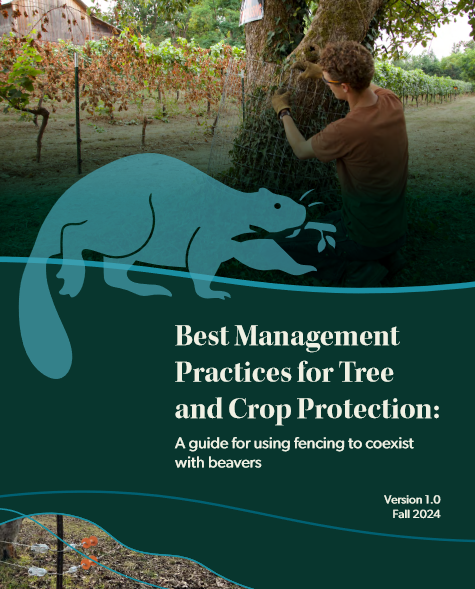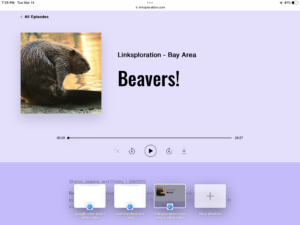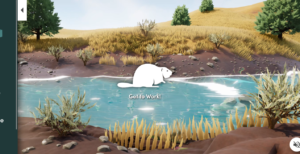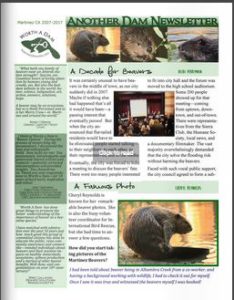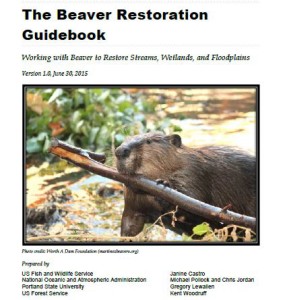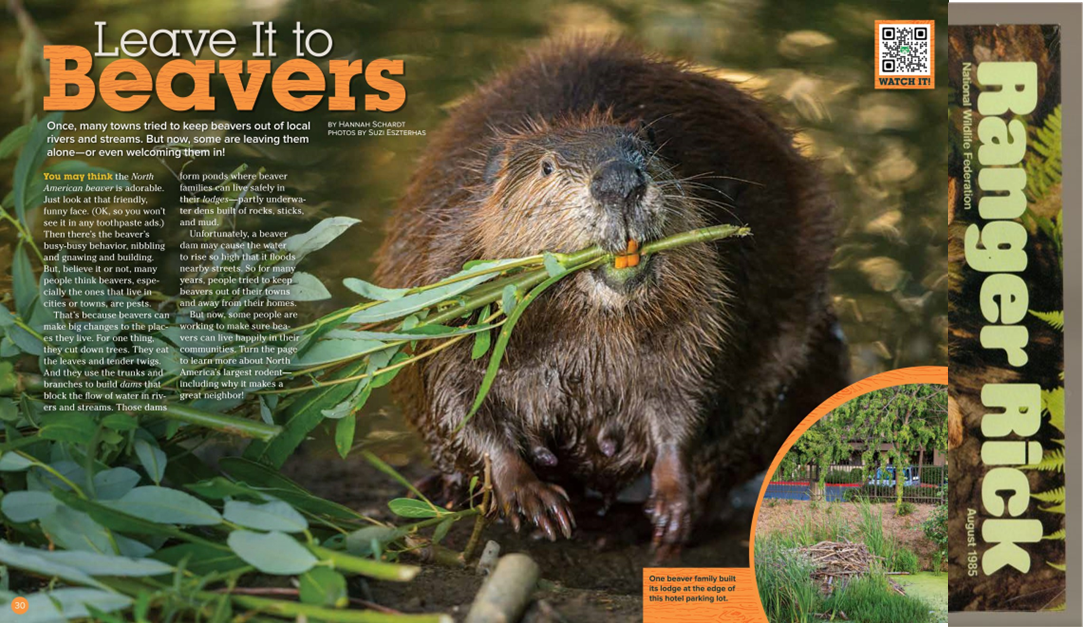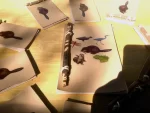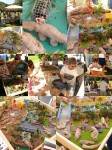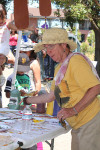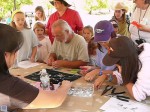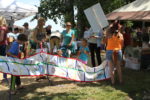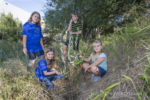 Yesterday two lovely copies of Gerry Wykes beautifully illustrated tale of the Detroit River beavers arrived in the mail. I can’t tell you how excited I was from the moment I opened and saw the striking frontspiece showing in part above. The first lines reminded me instantly of the Martinez Beaver story and the surprise with which people reacted to learn that beavers were lurking in their midst. But the tale continues with such a local sensibility to the particular meaning for this very urban river, that it was even more exciting.
Yesterday two lovely copies of Gerry Wykes beautifully illustrated tale of the Detroit River beavers arrived in the mail. I can’t tell you how excited I was from the moment I opened and saw the striking frontspiece showing in part above. The first lines reminded me instantly of the Martinez Beaver story and the surprise with which people reacted to learn that beavers were lurking in their midst. But the tale continues with such a local sensibility to the particular meaning for this very urban river, that it was even more exciting.
The folks at the Conners Creek powerplant on the Detroit river were alarmed at first by some disappearing trees, which they attributed to vandalism, accident, or possibly Big Foot. The book makes a wonderful point of explaining that no one in their right mind would think the theft was the work of a beavers, since there had been no beavers in the Detroit river for 150 years! And just in case you’re wondering what America looked like then, Andrew Johnson was president (following Lincoln’s assassination) and in 1866 ‘negroes’ were officially recognized as American citizens.
Beavers came back to a very different Detroit river than the one they had been trapped out of.
The disappearing-tree mystery was solved with the help of a team of experts including Jason Cousino, who saw the remaining stumps and knew enough to install a night camera on one of the felled trees. Sure enough, a BEAVER was filmed returning to finish his hard night’s work. The city was elated, everyone merrily took credit for cleaning up the river. and it was even reported on Regis and Cathy Lee. Surely if the polluted Detroit river could make a comeback, anything was possible.

The hardworking beaver paid no attention to his fame, and set about making a massive lodge that from almost nowhere attracted a mate. To everyone’s surprise in the spring of 2009 kits were born. The author does a commendable job making the science of beavers, their adaptations, their life history, and even the fur trade exciting and accessible. Even though it’s written for a younger reader, I’d be fairly happy if every city official knew as much about beavers as they read in this book. Even the details of complex concepts like “coppicing” of trees are delightfully explained.

I adore this illustration in particular. (The colors are so vibrant and inviting I’m wishing it was the pattern on my bed sheets or kitchen towels.) In addition to the inviting animals, Wykes does a impressive job of showing the hardened urban skeleton they moved into, right down to the smokestacks and abandoned houses. His artwork beautiful captures the fragile resilience of “nature in the city”.
The representations of beavers are wonderfully accurate. He really captured all the parts of their lives in his illustrations. I’m not sure where the author gained such a fine familiarity with the beaver shape, shading and movements – but this gives me a little idea:

There a few little mistakes we could have set him straight on if he had asked, like writing that beaver need Cottonwood or Willow to survive. Not true. Beavers LIKE those trees, but they can survive on a host of others including (but not limited to) Alder, Aspen, Maple, Oak, Elm and Fruit.There are even places like the Delta (the spot of historically the largest beaver population in California) where they survive without TREES – existing on Tule roots and cattails. He also mentions that folks came to America looking for the other kind of gold and were surprised to wind up with beaver gold. Which I suppose might be true for Columbus, but since we know even the pilgrims were hungry for cheap beaver fur, doesn’t sit right. It certainly doesn’t adequately describe the ruthless resource war that was taking place across this land for a century as folks sought out the ever-shrinking population of remaining beaver pelts.  There, of course, could have been LOTS more information about the way that beavers help fish like salmon and trout, or wildlife like otter and mink, or herons, frogs, turtles and bats while helping rid streams of pollution. But, I’m picky. I admit it. Maybe I’m like the snobby wine connoisseur of beavers?
There, of course, could have been LOTS more information about the way that beavers help fish like salmon and trout, or wildlife like otter and mink, or herons, frogs, turtles and bats while helping rid streams of pollution. But, I’m picky. I admit it. Maybe I’m like the snobby wine connoisseur of beavers?
Regardless of those minor points, this is a beautiful book and worth holding in your hot little hands. It’s perfect as a gift for a curious youth or that nosy sister-in-law that was so interested in the sudden arrival of the curious Martinez Beavers. It goes on sale in March and is available from the publisher for 18.99. OR if you’re very lucky indeed, and no one gets there first, there will be a copy in the silent auction that you can claim for your very own.
Thanks Gerry and Wayne University Press for a truly delightful read!
